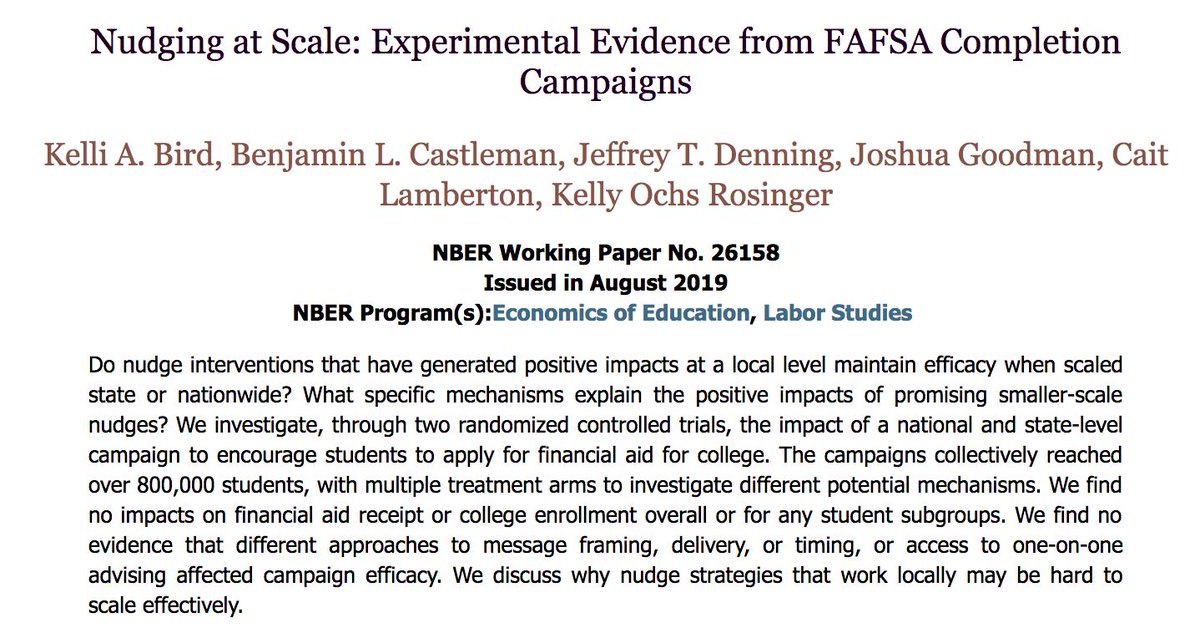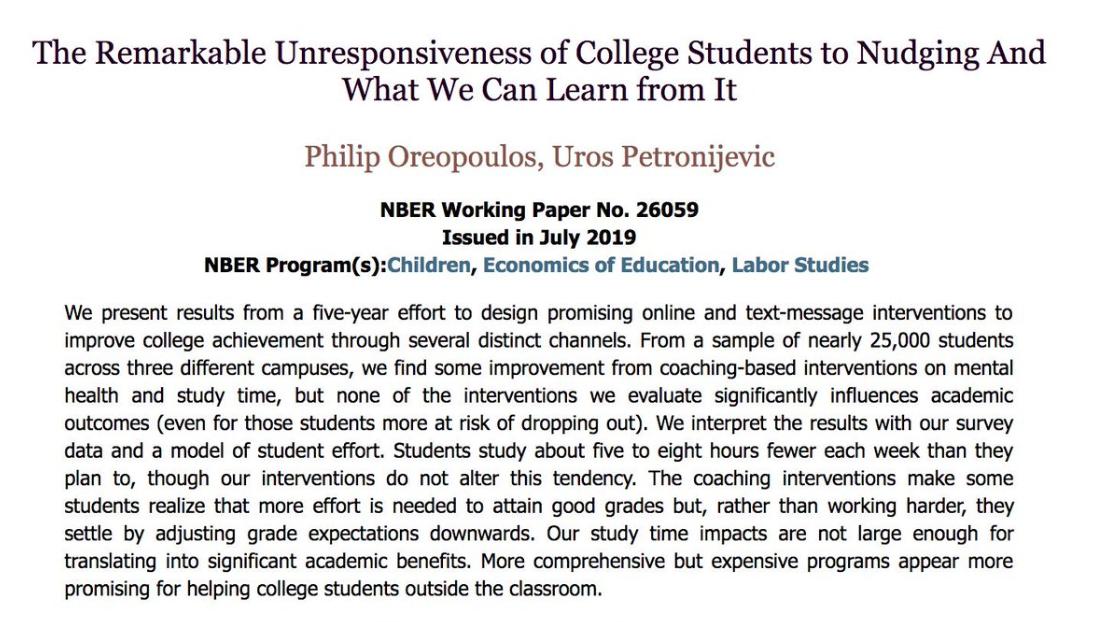- Ask if you can break down the big decision into smaller constituent decisions.
- Separate into 3 buckets: [reversible+low cost], [reversible+high cost], [irreversible]
Go with gut for [reversible+low cost]. Choose the “default” that comes to your mind and just go.
For [reversible+high cost], ask, how to derisk this? Run experiments, rough modeling.
For [irreversible], declare your assumptions, model it out, and guesstimate.
You still run the risk of a bad outcome you don’t foresee for [reversible+low cost] decisions.
I’d still try to guesstimate potential risk here, and do some rough expected value calculations.
Still, hold the desired outcome and risk appetite for the “big decision” in your head, because you don’t want to lose the plot and end up optimizing locally for minor decisions.
- Cost of delay if you don’t make the decision
- Do you know the possible option space? Or do you need to discover options? What is the cost of discovery?
- Externalities of this decision. Who/what might this affect? Beware of path dependence.
That’s why it’s smart to limit decision size and concurrent decisions.








